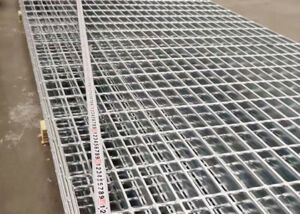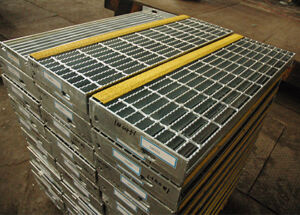Steel grating design is an important aspect of architectural and industrial engineering. It involves the creation of a framework of steel bars or mesh for various applications such as flooring, plate-forme en bois et couverture sol en ciment, and platforms. The design process takes into account factors such as load-bearing capacity, durability, and safety standards. A well-designed steel grating can enhance the functionality and aesthetics of a space, making it an essential element in many construction projects.

The first step in steel grating design is to determine the specific requirements of the project. This includes understanding the intended use of the grating, the expected load it will bear, and the environmental conditions it will be exposed to. Once these factors are established, the design can proceed to the selection of the appropriate type of grating and the configuration of its components. This may involve choosing between different types of steel bars, such as flat bars or round bars, and deciding on the spacing and orientation of the bars to achieve the desired strength and stability.
Another important consideration in steel grating design is the fabrication process. This involves the cutting, bending, and welding of steel bars to create the desired grating structure. Precision and accuracy are crucial in this process to ensure that the final product meets the design specifications and quality standards. Advanced techniques such as laser cutting and robotic welding may be employed to achieve the necessary level of precision.
The aesthetic aspect of steel grating design should not be overlooked. While the primary function of grating is to provide structural support and safety, it can also contribute to the visual appeal of a space. Design elements such as patterns, finishes, and coatings can be incorporated to enhance the appearance of the grating and complement the overall design scheme. This requires a careful balance between form and function to achieve both practical and aesthetic objectives.

Steel grating design is also closely related to the concept of sustainability in construction. By choosing the right materials and design configurations, it is possible to create grating systems that are energy-efficient, durable, and easy to maintain. This can contribute to the overall sustainability of a building or infrastructure project, aligning with the growing emphasis on eco-friendly design and construction practices.
In conclusion, steel grating design is a multifaceted process that requires expertise in engineering, material science, and design principles. It plays a crucial role in the safety, functionality, and visual appeal of architectural and industrial spaces. By integrating the principles of structural integrity, fabrication precision, aesthetic enhancement, and sustainability, well-designed steel grating systems can contribute to the success of a wide range of construction projects.

